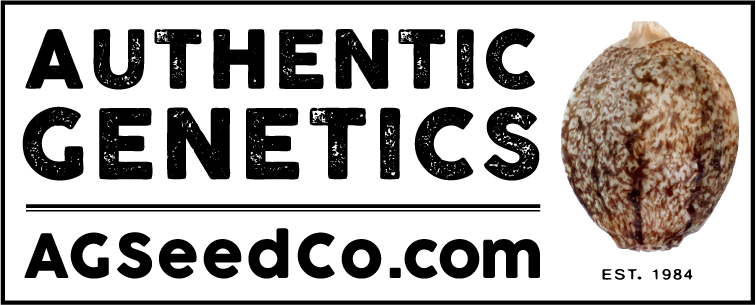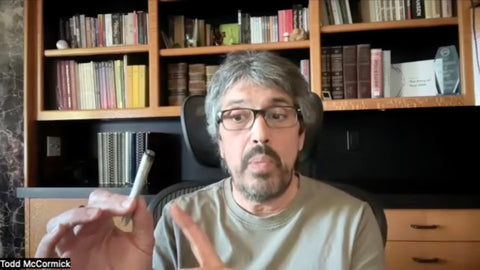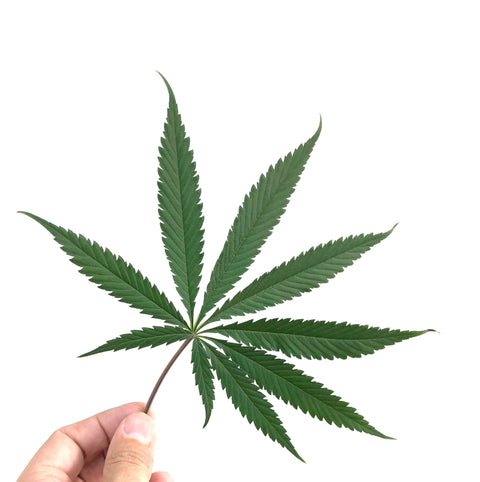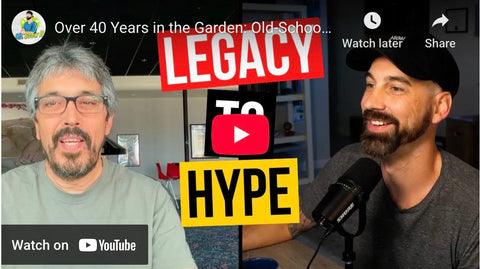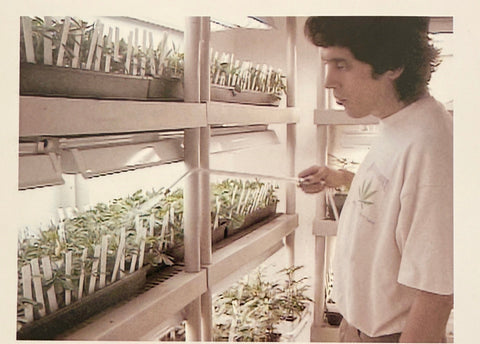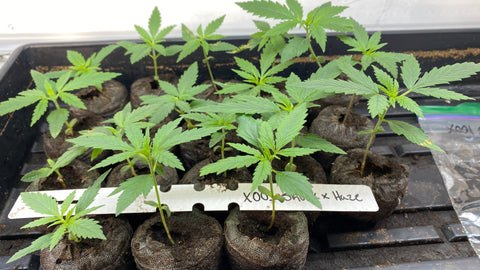Robert Clarke and Todd McCormick sit down with First Smoke of the Day to talk about the real history behind cannabis, from the early days of Hashish to the evolution of genetics, cultivation, and medical research that shaped today’s industry.
In this deep-dive conversation, Robert and Todd share firsthand stories about the origins of hash culture in America, the global journey to preserve plant genetics, and what the future holds for growers, breeders, and cannabis education.
This episode is for every cultivator, breeder, and enthusiast who wants to understand where the culture came from and where it’s going next.
🎧 Watch now to hear stories that defined cannabis history and inspired a new generation of growers.
From Senior Savvy Cannabis: What if everything you’ve been told about sativa and indica is wrong? In this episode, I...
“Let food be thy medicine and medicine be thy food.” ― Hippocrates
I am going to share with you my recipe for health and well-being. Over 20 years ago I was already rather high and staring at my Marinol bottle, earlier that day I had just used an A/B two-part epoxy earlier that day to fix something in my house, and it got me thinking about how cannabis works to help and heal our bodies.
If cannabis was approaching you with all of it’s healing powers, in one hand would be the trichomes that contain the cannabinoids and terpenes, and in the other hand, would be the hemp seed, with its complex proteins and perfect balance of essential fatty acids.
In this episode, I interview Todd McCormick, who has over 40 years of experience in the garden. We discuss how modern breeding methods are transforming old-school genetics and what that means for the future of cultivation.
Please enjoy a free copy: Click the image of the book for a free PDF copy:
